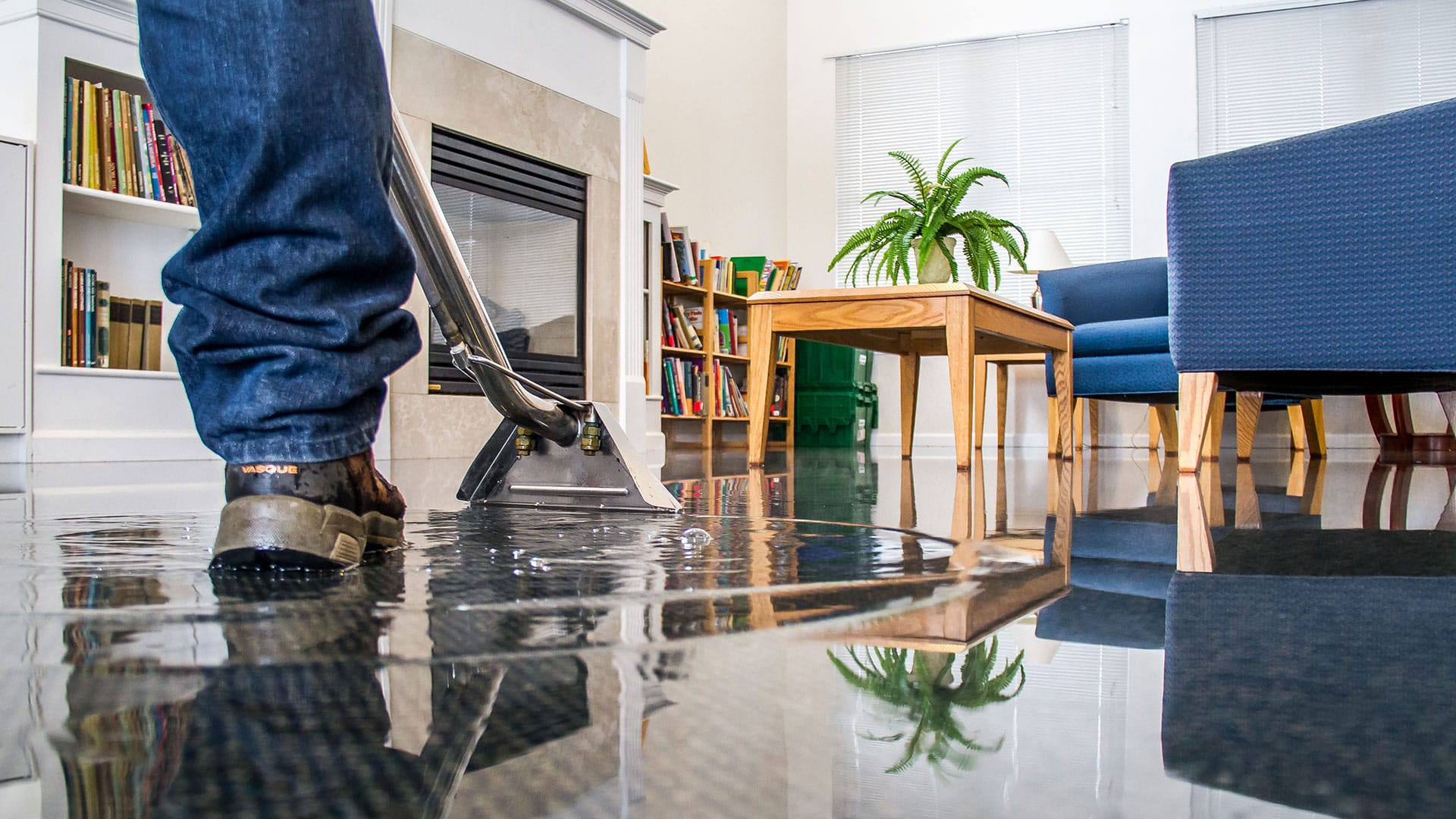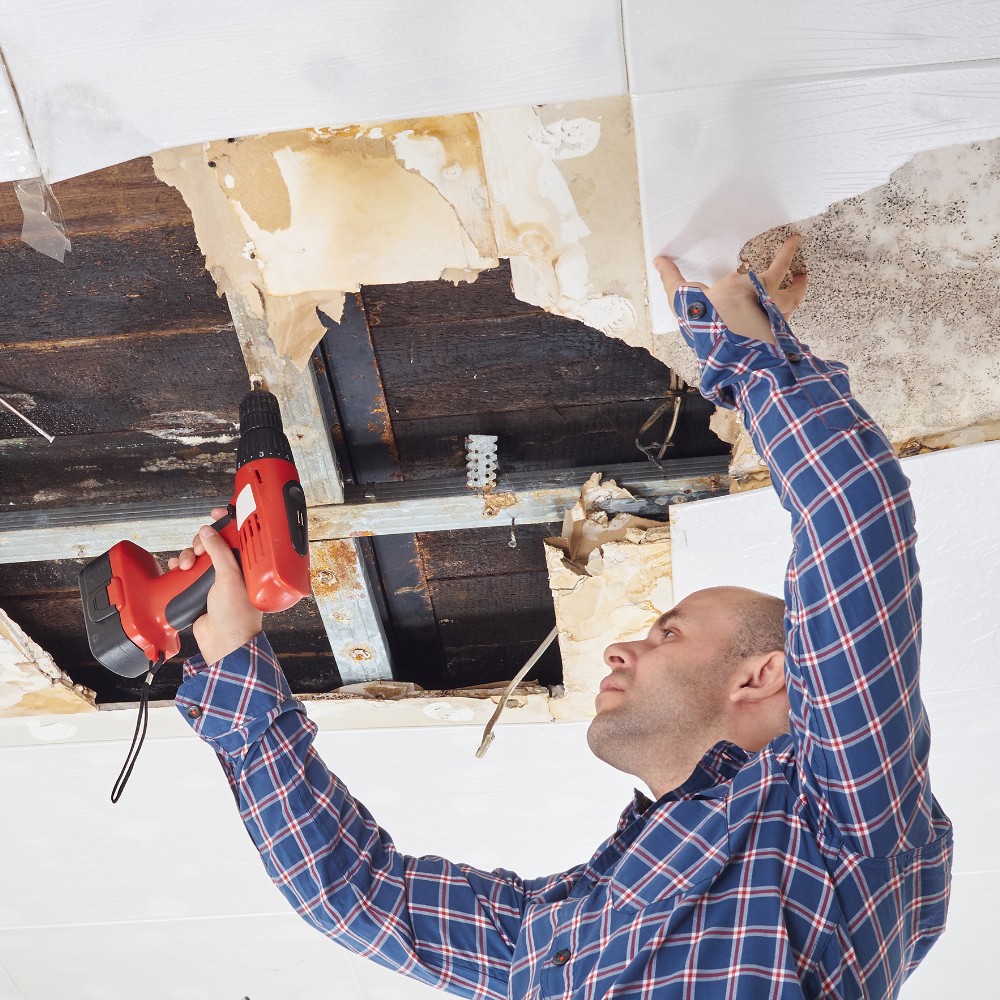Leak Detection Philadelphia: Early Intervention for Residential Or Commercial Property Security
Emergency Situation Water Damages Repair: Swift Feedback to Minimize Additional Damages
Water damage can strike suddenly and leave terrible impacts on homes and businesses. When encountered with such a scenario, a swift action is essential to lessen more damage and prevent prospective wellness threats. What exactly does emergency situation water damages remediation require? In this conversation, we will certainly look into the relevance of prompt action, the assessment procedure, the steps involved in water removal and drying out, mold and mildew avoidance and removal, and ultimately, the remediation of the affected location. By comprehending the necessity and thorough nature of this procedure, you will certainly get valuable understandings right into just how specialists deal with emergency water damage, making sure a swift and reliable action.
Relevance of Swift Reaction
Swift feedback is of utmost relevance in water damages reconstruction to reduce additional damage and reduce prospective risks. When water damage occurs, whether as a result of a burst pipeline, an all-natural catastrophe, or any type of various other unpredicted event, time is of the significance. The longer water beings in a structure, the more damages it can create. This is why it is important to act rapidly and effectively to remove the water and begin the remediation procedure.
One of the main factors quick reaction is vital in water damages reconstruction is to prevent the growth of mold and mildew and mildew. Mold not only causes more damages to the framework of the building but also presents health and wellness threats to occupants.
In addition, a punctual feedback can assist salvage and recover valuable valuables and ownerships - mold remediation philadelphia. Water damages can be devastating, specifically when it influences individual items of nostalgic or financial worth. Acting promptly enables professionals to assess the damages and execute suitable repair techniques to restore as long as possible. This not just aids to lessen financial losses yet also brings assurance to those affected.
Analyzing the Extent of Damages

Throughout the analysis, repair professionals thoroughly examine the affected area to determine visible indications of damage, such as water discolorations, warped products, and mold and mildew development. They additionally utilize specialized equipment to detect surprise damages, such as dampness meters and thermal imaging cams. This thorough examination enables them to accurately determine the degree of the damage and develop a tailored reconstruction plan.
Evaluating the extent of water damage is crucial since it helps specialists prioritize their efforts. They can identify areas that need immediate focus, such as standing water removal and drying, to avoid further damages and minimize the danger of mold growth. They can additionally determine the locations that require repair work or substitute, ensuring that no damage goes undetected or unattended.

Water Extraction and Drying Process
The water removal and drying out procedure is an important action in water damage reconstruction, as it involves the elimination of excess water and the thorough drying out of the damaged location to stop further damage and mitigate the threat of mold and mildew growth. After assessing the degree of the water damages, the following step is to extract the water from the affected location. This is generally done making use of specific equipment such as dehumidifiers, pumps, and vacuum cleaners. These tools are designed to effectively and properly get rid of water from various surface areas, consisting of rugs, wall surfaces, and floors.
Once the excess water has been drawn out, the drying procedure starts. This action is necessary in preventing secondary damages, such as architectural damage and the growth of mold and mold. High-powered fans and dehumidifiers are used to distribute air and eliminate moisture from the air and surface areas. The drying procedure might take a number of days, depending upon the degree of the water damage and the materials entailed.
It is essential to guarantee that the damaged location is totally dry prior to waging any repair work or restoration. Failure to thoroughly dry out the location can bring about lasting concerns, consisting of weakened structures, moldy odors, and the development of mold and mildew and mildew. For that reason, professional water damage restoration firms utilize dampness detection equipment to ensure that the damaged location is entirely dry before continuing to the following action.
Mold Prevention and Remediation
Effective mold and mildew avoidance and removal are critical in water damages restoration to guarantee the security and integrity of the damaged area. mold inspection philadelphia. When water damage takes place, whether from a burst pipe, flooding, or a leaky roof covering, it creates a suitable environment for mold and mildew development. Mold and mildew can start to establish within 24 to 48 hours after water damage, and if left neglected, it can spread out rapidly and create severe health and wellness risks
To stop mold development, it get more is crucial to deal with water damages quickly. The initial step is to fix the resource and recognize of the water invasion. Once the source is taken care of, the affected area needs to be extensively dried out to protect against dampness from remaining. This might include using dehumidifiers, air moving companies, and other specialized equipment to get rid of excess wetness from the air and surfaces.
In cases where mold growth has already occurred, remediation is necessary to remove the mold and stop its return. This involves the careful elimination and disposal of affected materials, such as drywall or rug, to ensure that all traces of mold my response are eliminated. It is very important to keep in mind that mold and mildew removal ought to be executed by specialists that have the essential training and tools to safely handle and get rid of mold.
Restoring the Affected Location

To start with, it is vital to completely dry the area to prevent any type of further damage and to inhibit the growth of mold and mold. This might include using specialized drying out devices, such as dehumidifiers and industrial-grade fans, to remove all wetness from the afflicted surfaces.
As soon as the location is completely dry, the reconstruction procedure can begin. This might entail repairing or replacing harmed structural aspects, such as ceiling, floor covering, or drywall floor tiles. It is very important to deal with any kind of underlying concerns that might have triggered the water damage, such as leaky pipelines or damaged pipes, to avoid future events.
Additionally, restoring the afflicted area may likewise consist of painting walls, changing damaged fixtures, and thoroughly cleaning and sterilizing the room. This makes sure that not only is the area structurally sound, yet it is also cosmetically pleasing and safe for occupancy.
Verdict
Finally, speedy action is essential in lessening further damage brought on by water emergency situations. Assessing the level of damage enables efficient water removal and drying out procedures to be carried out. Furthermore, mold and mildew avoidance and removal are crucial in bring back the damaged location. Generally, prompt activity and comprehensive restoration steps are essential advice to minimizing the unfavorable influences of water damage.
Swift feedback is of utmost importance in water damages reconstruction to reduce more damage and alleviate possible threats.Throughout the evaluation, reconstruction professionals extensively take a look at the affected area to determine noticeable indicators of damages, such as water stains, deformed materials, and mold and mildew growth.The water removal and drying out procedure is a crucial step in water damages repair, as it involves the removal of excess water and the thorough drying out of the afflicted location to stop more damages and reduce the threat of mold growth. After assessing the level of the water damage, the next step is to draw out the water from the afflicted location.Effective mold and mildew avoidance and remediation are essential in water damages reconstruction to make sure the security and integrity of the afflicted area.